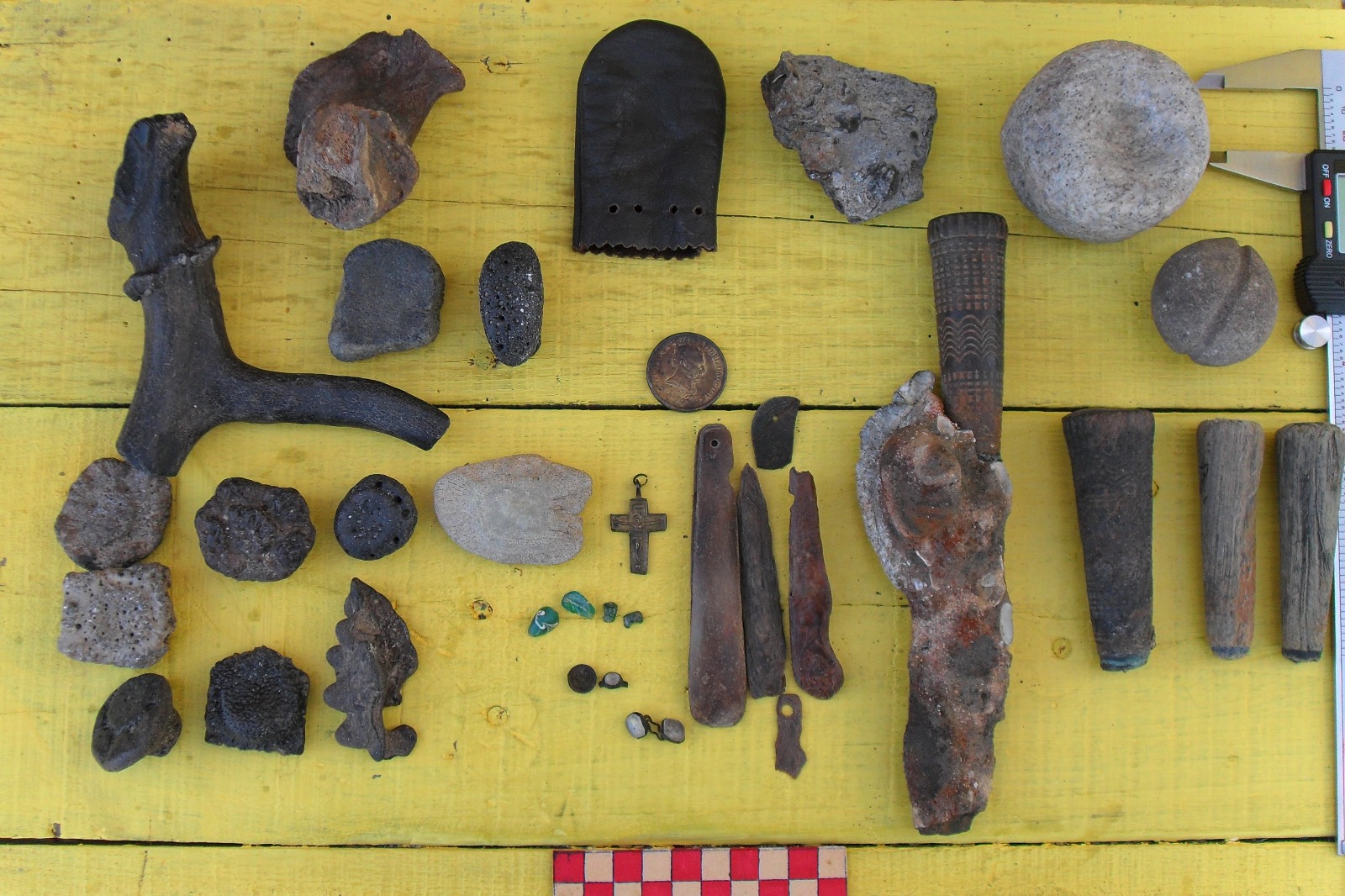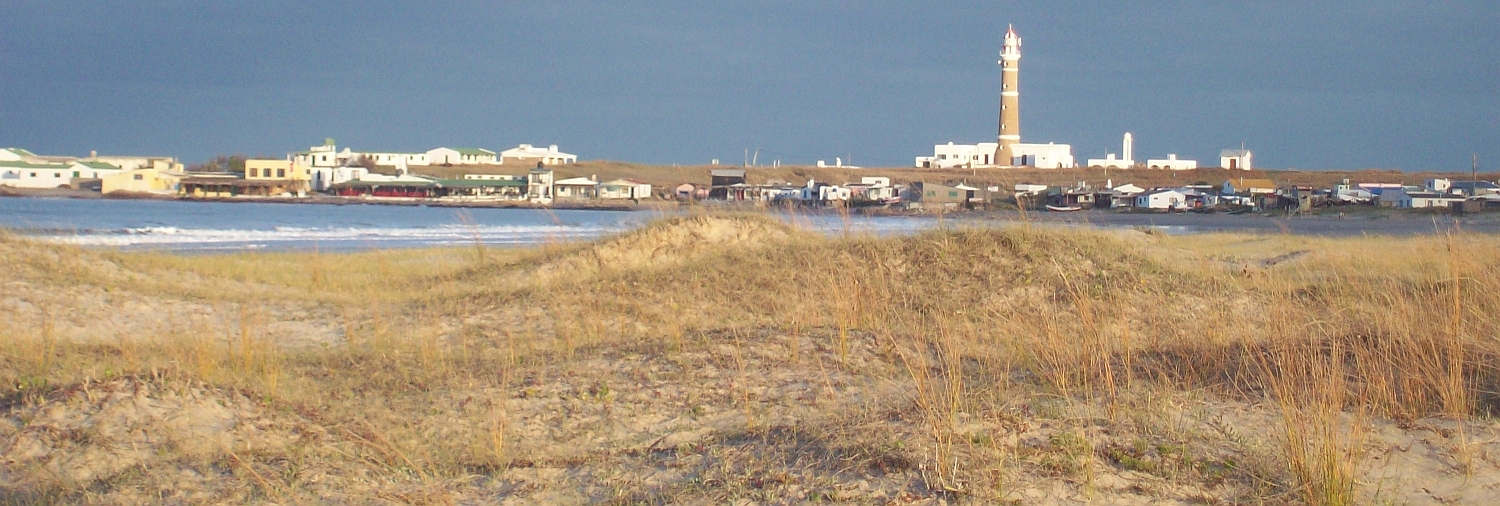Since 2007, yet under the Underwater Archeology Program (PAS) until now at the Coastal Heritage Research Center (CIPAC), we have developed research, outreach, and dissemination activities in Cabo Polonio. These activities began during the summer of 2007, when a strong wind storm uncovered the remains of a wreck buried under the sands of the southern beach. This shipwreck was recorded by several members of PAS independently which sparked the interest of the group to study and approach the underwater cultural heritage of Cabo Polonio systematically, leading to the beginning of the activities of this group. In 2009 Cabo Polonio was declared a Protected Area and conceived mainly as a maritime Protected Area (21,151 hectares of the total 25,820 correspond to the waters of the Atlantic Ocean). However, maritime cultural heritage is still far from being adequately protected in the area, since the Cabo Polonio Protected Area Management Plan (MVOTMA 2019) includes archaeological values within one of its focal point, but makes reference exclusively to land sites leaving shipwrecks and other submerged sites out.
Between 2010 and 2013, the team carried out several research and outreach projects in the area funded by the Scientific Research Commission (CSIC- Comisión Sectorial de Investigación Científica) and the Outreach Commission (CSEAM – Comisión Sectorial de Extensión y Actividades en el Medio) of the University of the Republic. Results of these projects were presented in academic meetings and published in several papers.
Since 2019, we have resumed our research activities, with the assessment of collections, recording of new objects and the conservation state of previously recorded objects. We have also made progress on the archival research of shipwrecks of the area. Within this we emphasize the different archives (A.G.N. Montevideo, A.G.N. Buenos Aires, A.G.I. Sevilla, Royal Archives, Copenhagen) related to the shipwreck of Nuestra Señora del Rosario, Señor San José y las Ánimas, occurred in 1753, which eventually gave its name to Cabo Polonio after its captain Joseph Polloni. Finally, our work seeks to assess and diagnose the state of the wreck located in the southern beach, which originally triggered the activities of this research group, through the analysis of the structure, associated objects and knowledge of local people.
PUBLICATIONS
PHOTO GALLERY





Responsables:
Lic. Elena Saccone (elena.m.saccone@gmail.com)
Lic. Paula Larghero (plarghero@adinet.com.uy)

